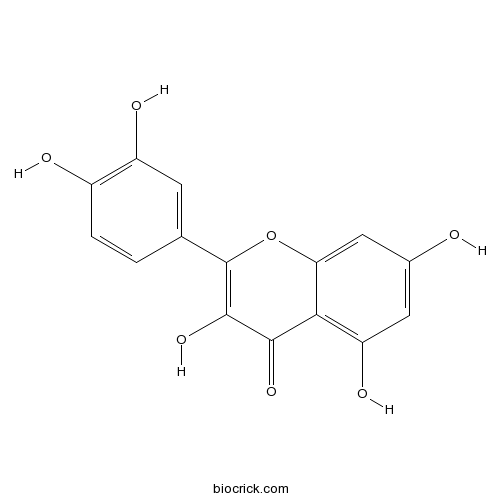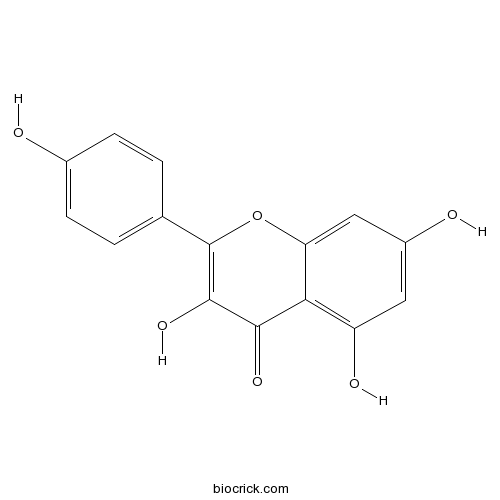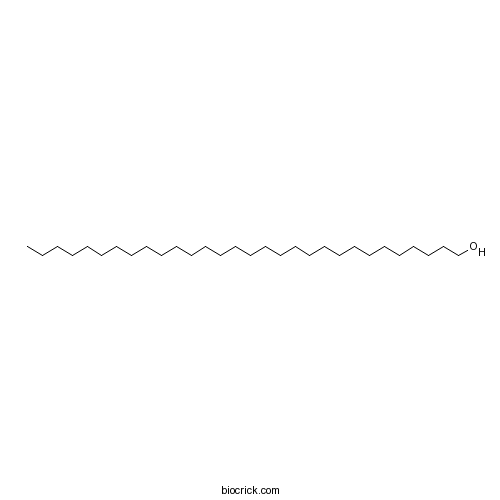Portulaca oleracea
Portulaca oleracea
1. The products in our compound library are selected from thousands of unique natural products; 2. It has the characteristics of diverse structure, diverse sources and wide coverage of activities; 3. Provide information on the activity of products from major journals, patents and research reports around the world, providing theoretical direction and research basis for further research and screening; 4. Free combination according to the type, source, target and disease of natural product; 5. The compound powder is placed in a covered tube and then discharged into a 10 x 10 cryostat; 6. Transport in ice pack or dry ice pack. Please store it at -20 °C as soon as possible after receiving the product, and use it as soon as possible after opening.
Natural products/compounds from Portulaca oleracea
- Cat.No. Product Name CAS Number COA
-
BCN6049
Quercetin117-39-5
Instructions

-
BCN5499
Genistein446-72-0
Instructions

-
BCN5653
Kaempferol520-18-3
Instructions

-
BCN5654
Hesperidin520-26-3
Instructions

-
BCN5725
Lupeol545-47-1
Instructions

-
BCC8260
Triacontanol 593-50-0
Instructions

Effect of quality control on the antiproliferative activity of the extract from Portulaca oleracea L. in Aspergillus flavus.[Pubmed: 30074251]
Similarity evaluation of complicated chromatographic profiles is a potential proticol for the identification and quality control of herbal medicinal products to ensure their biological activity. In this work, a high-performance liquid chromatography method was established for controlling the batch quality of the extract from Portulaca oleracea L. By using this method, the coefficients of correlation of the similarity of 10 batches extract of Portulaca oleracea L. were≥0.97. The 10 batch extracts from Portulaca oleracea L. possessed stable antiproliferative activity in Aspergillus flavus. The antiproliferative activity stability is correlated with the quality stability of the extract from Portulaca oleracea L. Therefore, the present study successfully set up a sensitive and efficient method which might be used to guarantee stable biological activity of the extract from Portulaca oleracea L.
The protective effect of polysaccharide extracted from Portulaca oleracea L. against Pb-induced learning and memory impairments in rats.[Pubmed: 30036620]
None
Saline conditions alter morpho-physiological intensification in purslane (Portulaca oleracea l.).[Pubmed: 29921392]
In this study, primary investigations of selected cultivar of purslane named as Tall Green under articular salinity stress were evaluated to understand the basic concept of different mechanisms of physiological attributes which will play an important role for molecular and proteomic level research. The evaluation of morphological and physiological attributes under 0 mM (without salt addition) 100 mM and 200 mM salt stress changed dramatically. The results showed high salt stress at 200 mM significantly decreasing the morphological attributes and performance of leaves, stems, and roots. At moderate salt stress levels, 100 mM, the ratio of Fv/Fm slightly increased compared to high stress. In addition, salt stress significantly decreased the total chlorophyll content (chl a+b) at 200 mM. The relative water content percentage was high at 0 mM. Moreover, the electrolyte leakage (EL) significantly increased with increasing salinity stress compared to control 0 mM.
A new homoisoflavone from Portulaca oleracea L. and its antioxidant activity.[Pubmed: 29897269]
None
Leaf lipidome and transcriptome profiling of Portulaca oleracea: characterization of lysophosphatidylcholine acyltransferase.[Pubmed: 29736624]
Portulaca leaves serve as an alternative bioresource for edible PUFAs. Transcriptome data provide information to explore Portulaca as a model system for galactolipids, leaf lipid metabolism, and PUFA-rich designer lipids. Poly-unsaturated fatty acids (PUFAs) are gaining importance due to their innumerable health benefits, and hence, understanding their biosynthesis in plants has attained prominence in recent years. The most common source of PUFAs is of marine origin. Although reports have identified Portulaca oleracea (purslane) as a leaf source of omega-3 fatty acids in the form of alpha-linolenic acid (ALA), the mechanism of ALA accumulation and its distribution into various lipids has not been elucidated. Here, we present the lipid profiles of leaves and seeds of several accessions of P. oleracea. Among the nineteen distinct accessions, the RR04 accession has the highest amount of ALA and is primarily associated with galactolipids. In addition, we report the transcriptome of RR04, and we have mapped the potential genes involved in lipid metabolism. Phosphatidylcholine (PC) is the major site of acyl editing, which is catalyzed by lysophosphatidylcholine acyltransferase (LPCAT), an integral membrane protein that plays a major role in supplying oleate to the PC pool for further unsaturation. Our investigations using mass spectrometric analysis of leaf microsomal fractions identified LPCAT as part of a membrane protein complex. Both native and recombinant LPCAT showed strong acyltransferase activity with various acyl-CoA substrates. Altogether, the results suggest that ALA-rich glycerolipid biosynthetic machinery is highly active in nutritionally important Portulaca leaves. Furthermore, lipidome, transcriptome, and mass spectrometric analyses of RR04 provide novel information for exploring Portulaca as a potential resource and a model system for studying leaf lipid metabolism.


